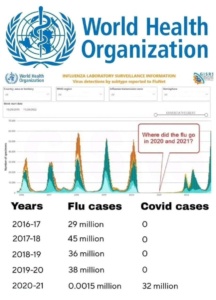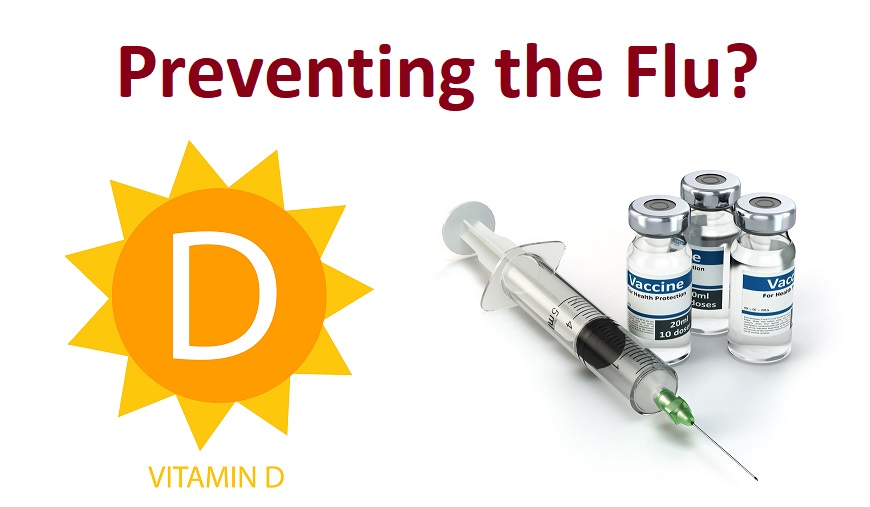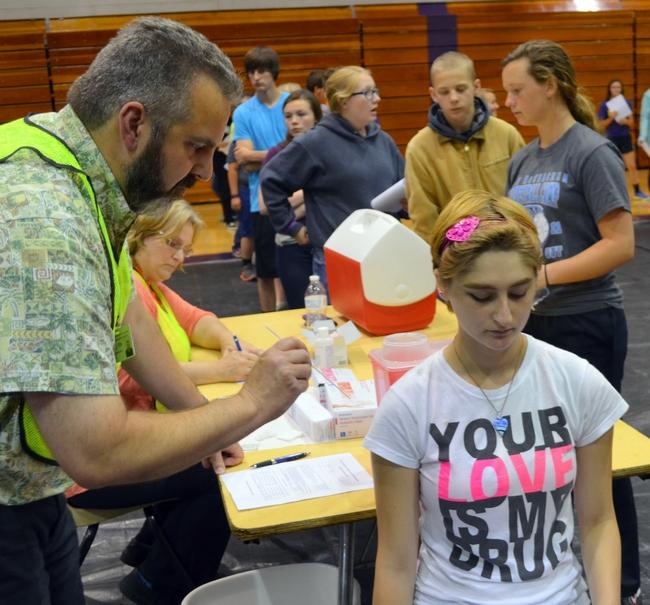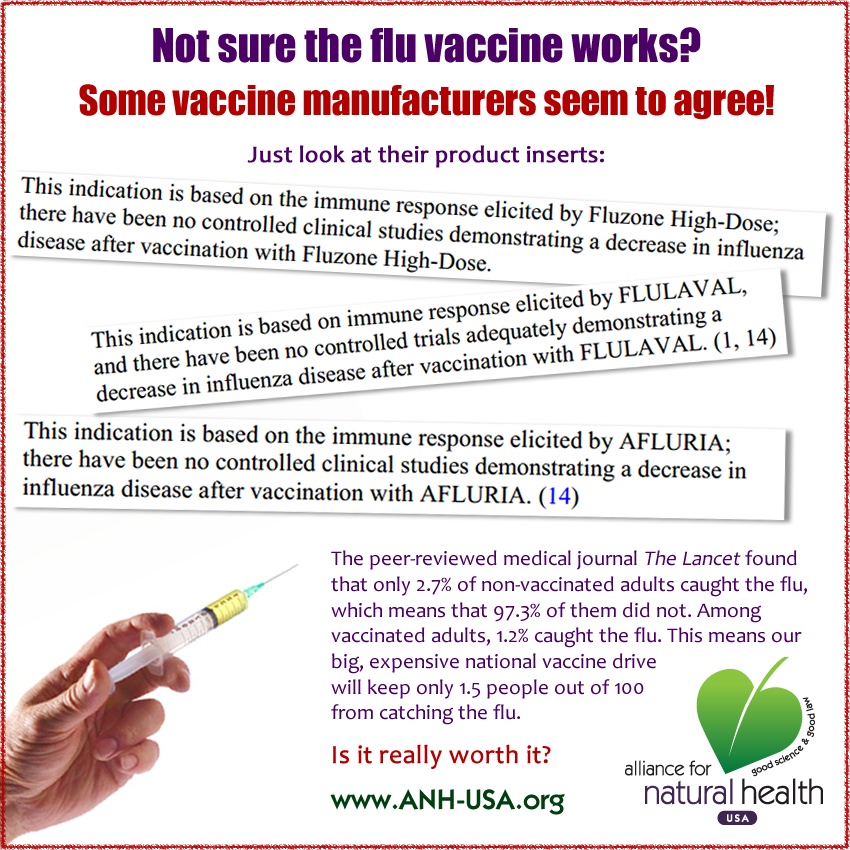Beat the Flu Without Vaccines and Drugs!
It's that time of year again in North America that is called "the flu season", and where Big Pharma likes to make a ton of money on their products to "fight the flu." Big Pharma's flu products are highly toxic, however, and their number 1 product is the flu shot, which can injure, cripple, or kill you. In just this year alone, 2024, over 6,000 cases of adverse effects from the flu shots have been filed with VAERS (Vaccine Adverse Events Reporting System), including 52 deaths, 70 life threatening adverse reactions, 80 permanent disabilities, 285 hospitalizations, and 666 ER visits. Human beings have been fighting flu-like illnesses for thousands of years before modern-day western medicine started producing vaccines and pharmaceutical products, and the body of research showing how much more effective natural, non-patentable remedies are for fighting the flu is very large. This is a topic I have covered for almost two decades now, so I am going to list here the top remedies for fighting the flu that people have found much more effective than vaccines and pharmaceutical products.





















